ERASURE: THE COSMIC LAYERS OF TIME [2024]
GALERIA BELO-GALSTERER [Lisbon, Portugal]
Essay by Inês Valle
Ana Velez
“Some painters transform the sun into a yellow spot, others transform a yellow spot into the sun.” – Pablo Picasso [1]
Ana Velez’s painting is based in both geometric abstraction reminiscent of Minimalism — where the plastic potential of the material is reduced to a minimum to create simplified or schematic geometric images — and also intuition, one of the foundational elements of the lyrical abstraction movement. Through her actions, the texture, the mark, the trace of the gesture, and the interaction of the medium with the surface of the canvas reveal the richness and diversity of the paint, explored through various dilutions and application techniques. Abstraction can be seen as a process intimately connected to the recognition of forms linked to tangible elements and objects around us. Ana Velez's particular approach to abstraction highlights a continuous yet unfulfilled attempt to recognise images associated with reality. As a result, her images produce an opportunity to appreciate "pure" beauty not in the direct representation of the physical world, but through geometric shapes, patterns, composition, and the structural elements of visual language, all intertwined with abstract concepts of order. In this sense, echoing Arshile Gorky’s belief that abstraction enables us to perceive with the mind what eludes our eyes, abstract art allows the artist to transcend the tangible, revealing the infinite within the finite. It somehow symbolises a liberation of the mind and an exploration into the unknown, akin to a spiritual journey. Conversely, in our contemporary society, despite living in a globally connected world, we are swirled in a "global village" of images. Here, seeing is not necessarily believing, as the sheer volume of visual content captured by our devices creates uncertainty about what we are witnessing.
In the solo exhibition, Erasure: The Cosmic Layers of Time, Ana Velez transforms the gallery space with her latest series, Erasure. Six large, yellowish paintings float, suspended vertically at varying distances from the wall, creating an intense experience as visitors engage with their ambiguous colours, geometric shapes, and shifting shadows. Each painting results from an overlay of four, six, or twelve layers. Each layer, obscuring the others, reflects the action taken in its making and reveals the painting process — from the brushstrokes and drips of diluted paint to the specific gestures of the artist. We could associate this thin layer of paint with the technique known as "velatura" (glazing) used by the Renaissance masters. These glazes progressively cover the base colour until it is completely obscured, creating an illusion of texture and depth. In this process, the layers both veil and, metaphorically, reveal. When asked about the intention behind her work, Ana Velez reflected on the period of confinement that led to deep introspection about her evolving identity and roles. Just as each layer on the canvas surface builds upon the previous one, her layers as an individual span her roles as a woman, mother, partner, and friend.
In Velez’s work, the colour black plays a crucial part, often serving as the foundational colour in her paintings. In this series, black represents a base or origin, akin to the spirit we are born with. As time passes, this "first purity" transforms, becoming more layered and complex through life’s experiences. Velez metaphorically expresses this transformation through thin, translucent layers of yellow that gradually conceal and blend with the deep black beneath – creating subtle greenish tones that evolve into bright, fluorescent yellows. This interplay shifts our perception of the colour, introducing an element of uncertainty or ambiguity to the surface of the painting. Perhaps in Erasure, these concealing layers symbolise the experiences that add depth and complexity to our existence. Just as the yellow layers become integral to the painting, they may also reflect the experiences that shape how we present ourselves to the world. As Ana Velez expressed in conversion with me, "possibly, with the erasure of these layers and the emergence of others, in reality, we are all of them in one, though perhaps never all at the same time." Her reflection touches on the complexity of human identity. We carry countless layers — our roles, memories, actions, and emotions — that shape who we are, but they rarely surface all at once. Instead, they shift and evolve, revealing different aspects of ourselves at different moments of time. Velez’s words invite us to consider the fluidity of identity, where every experience adds density, yet our full self remains elusive, only partially visible at any given time. Moreover, she also challenges us to reflect on the uncertainty, risk, and arbitrariness that we face when trying to grasp the entirety of a person through visual perception.
Inês Valle
[1] Pablo Picasso converses with the writer, collector, and patron of the arts Maurice Raynal.
RAYNAL, Maurice - Picasso: étude biographique et critique (Le goût de notre temps). Geneva: Skira, 1959.
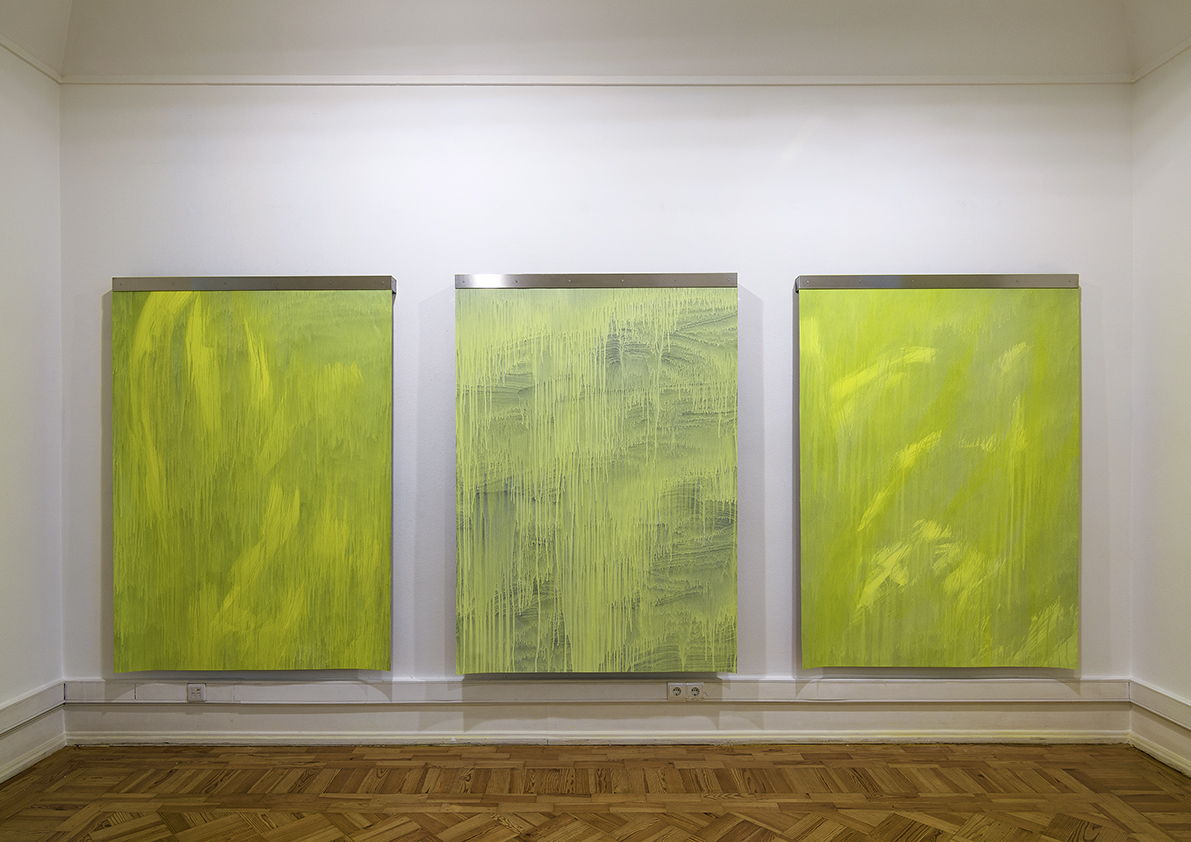
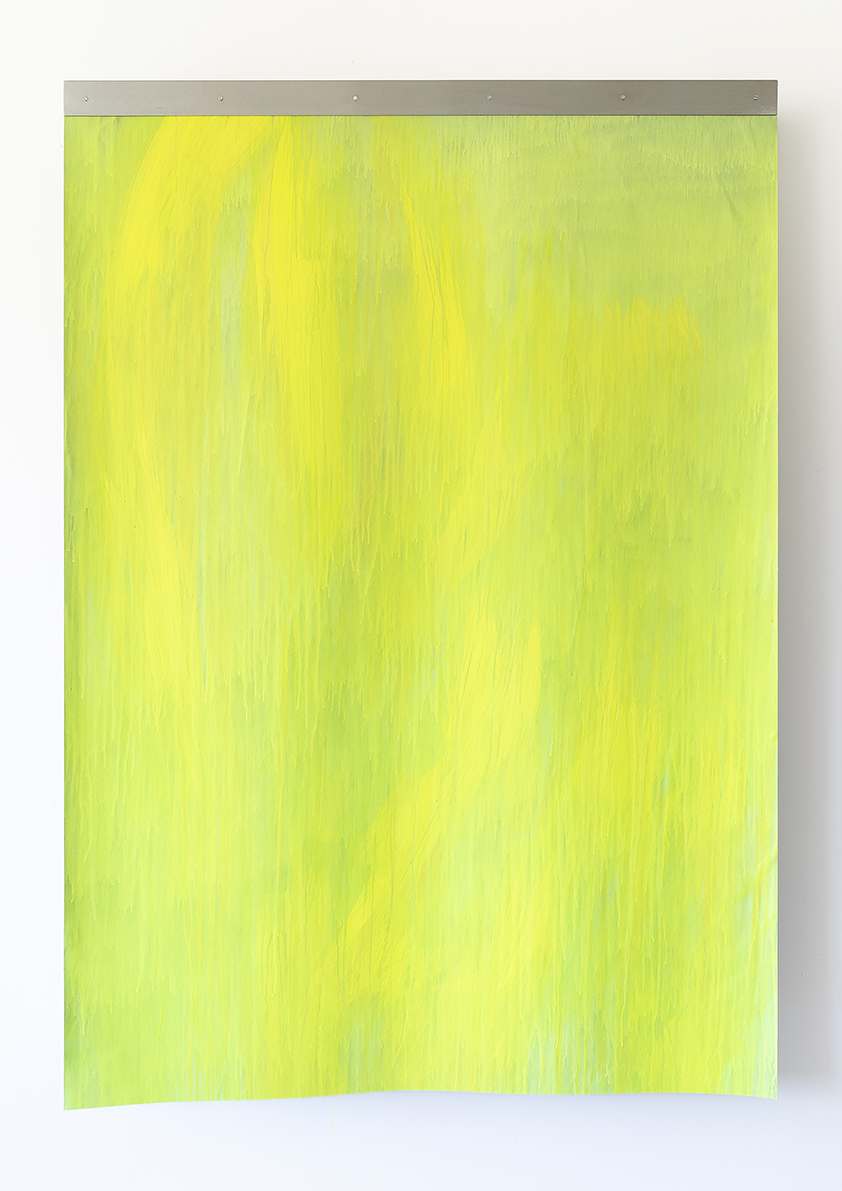

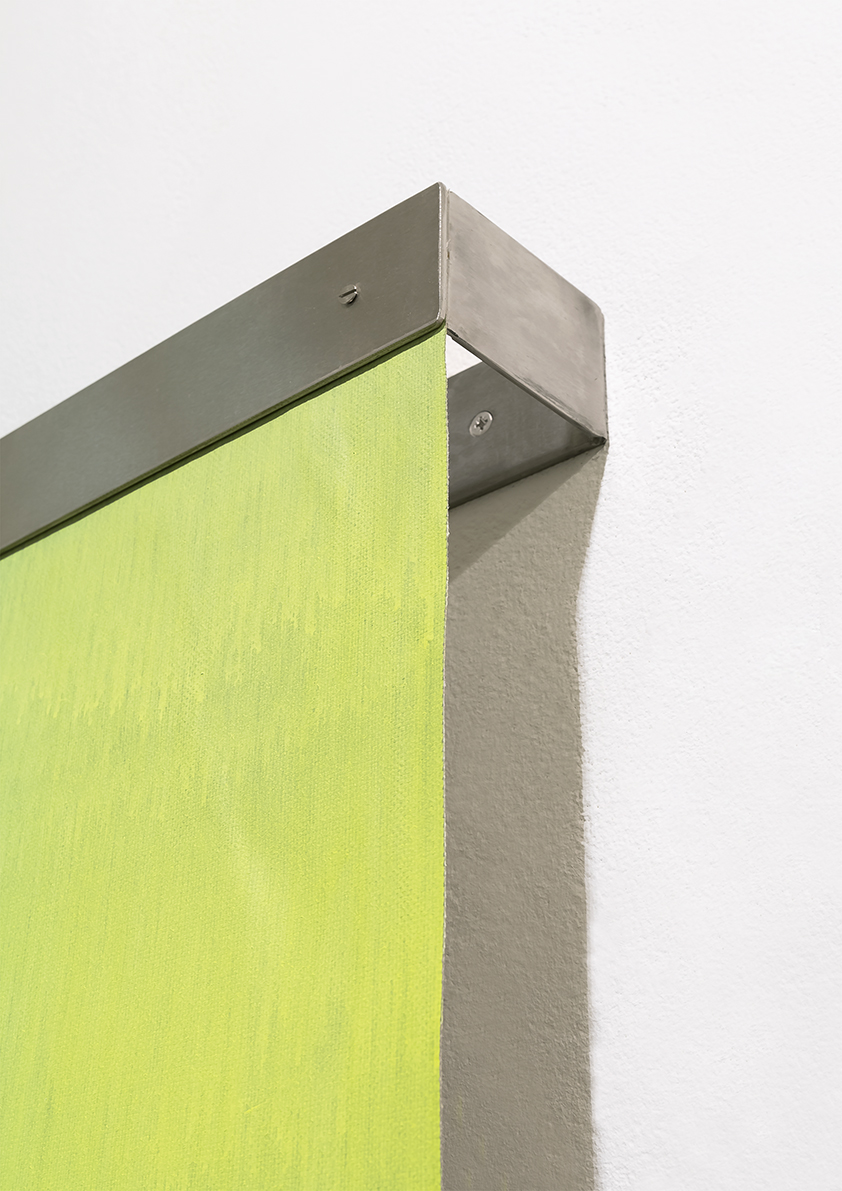
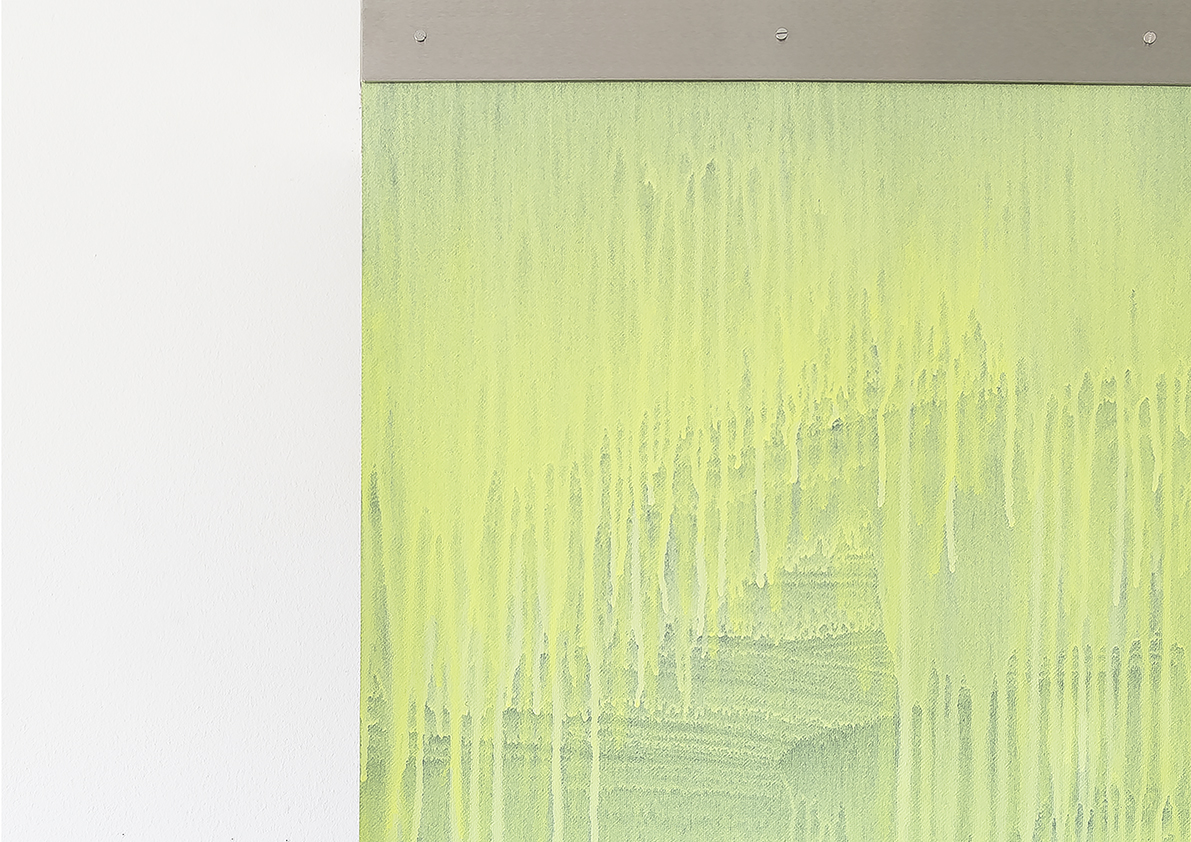



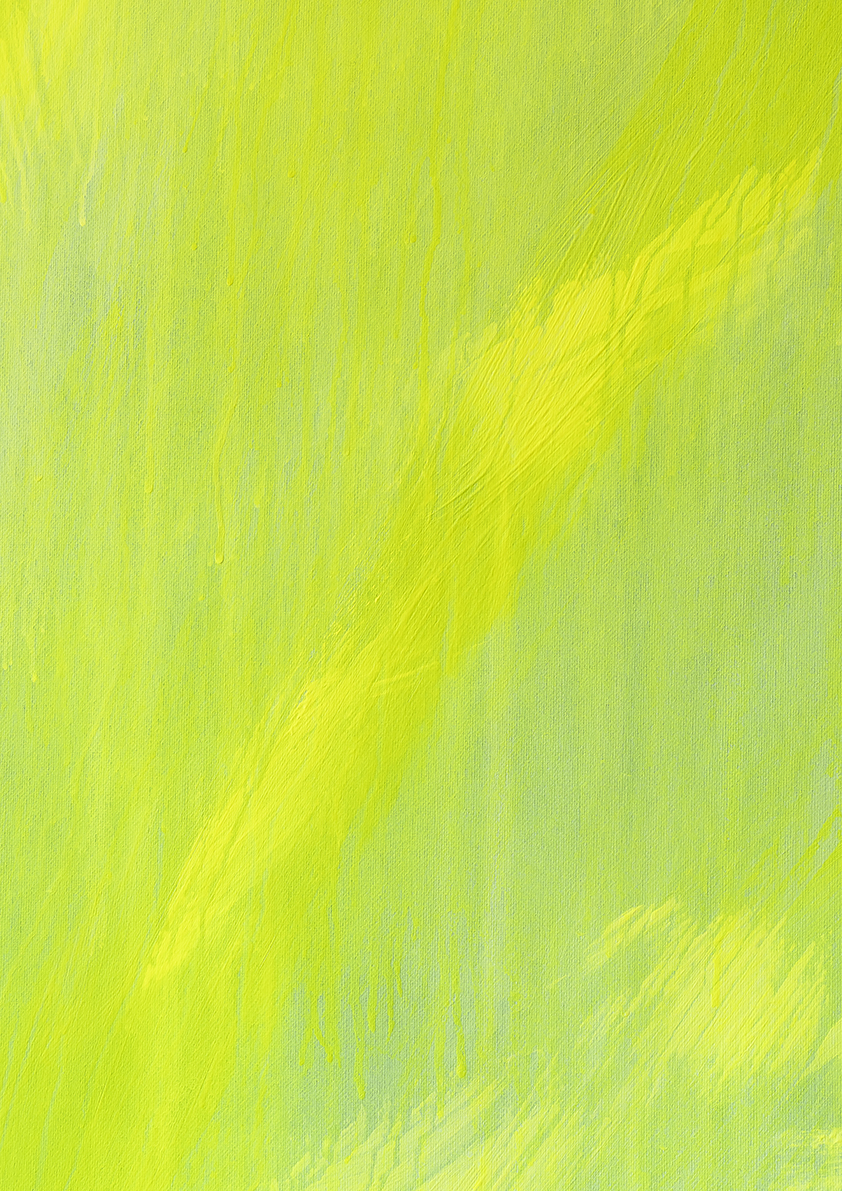

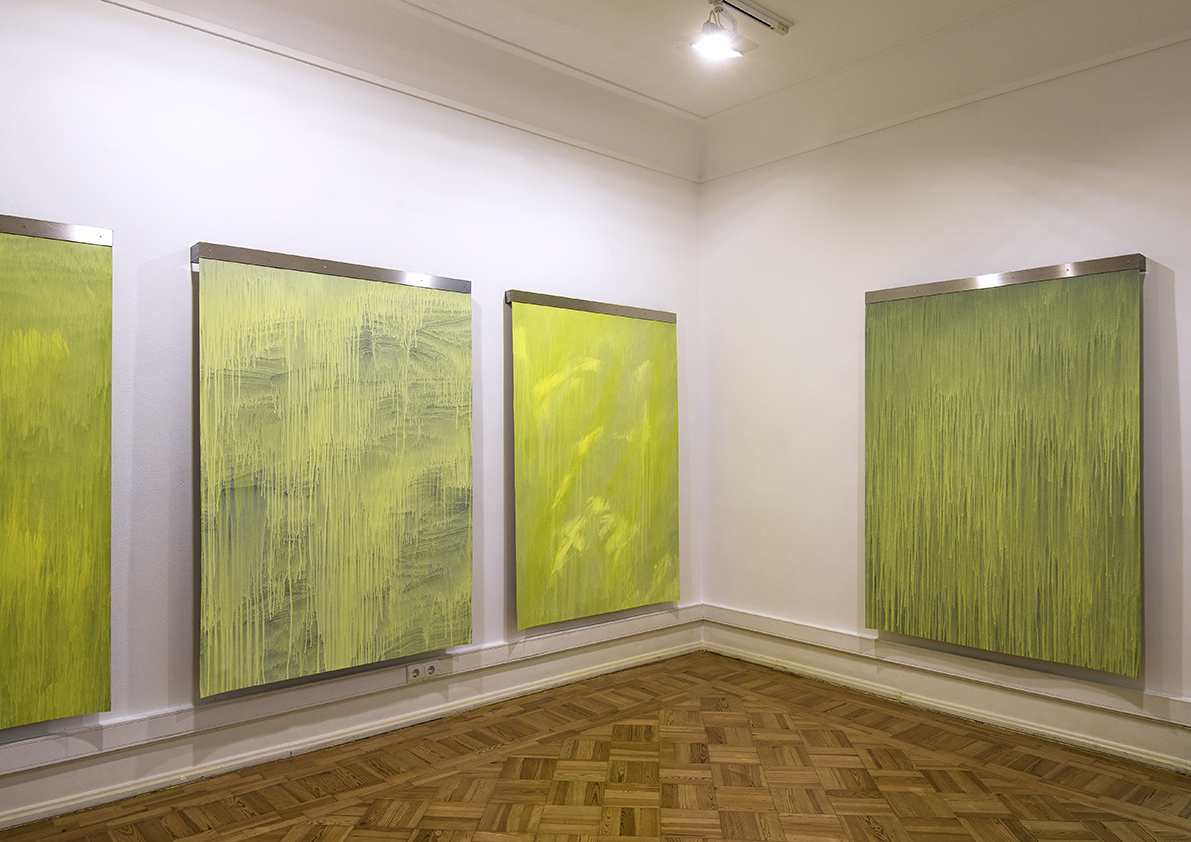

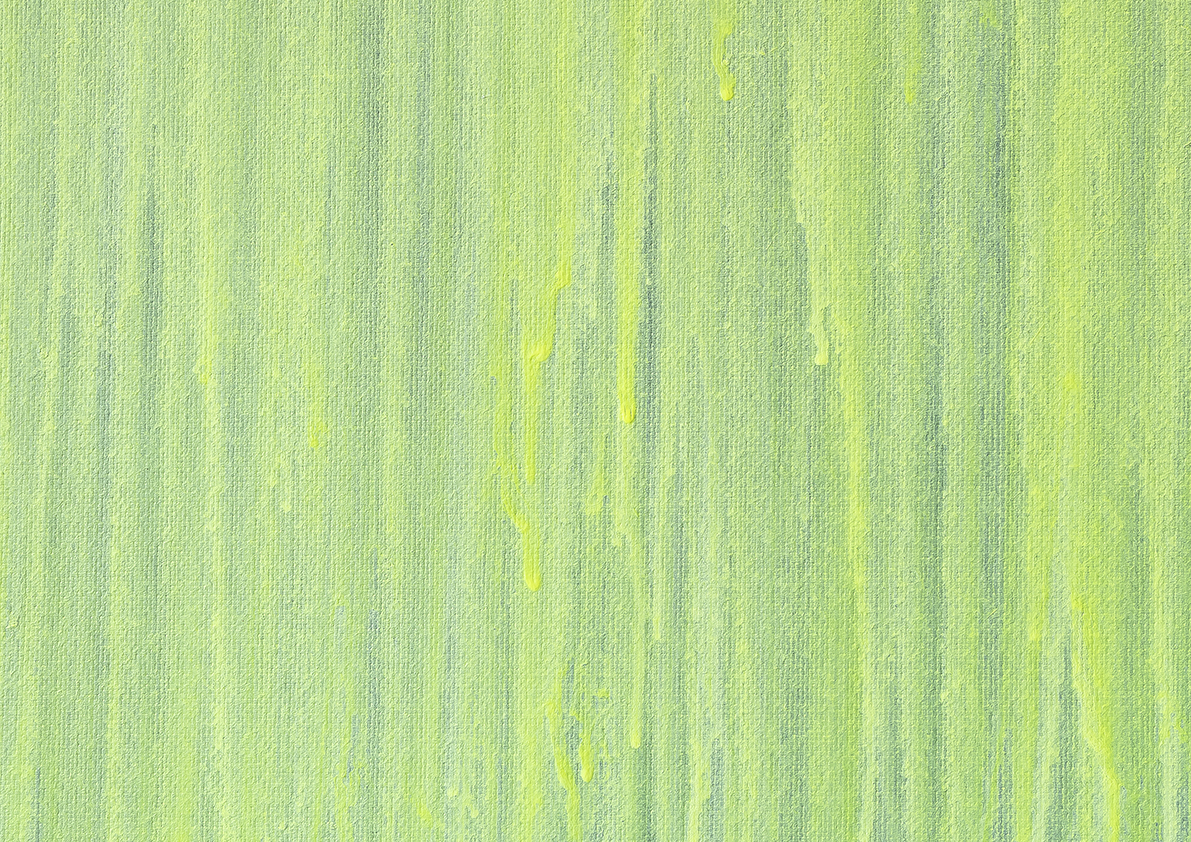

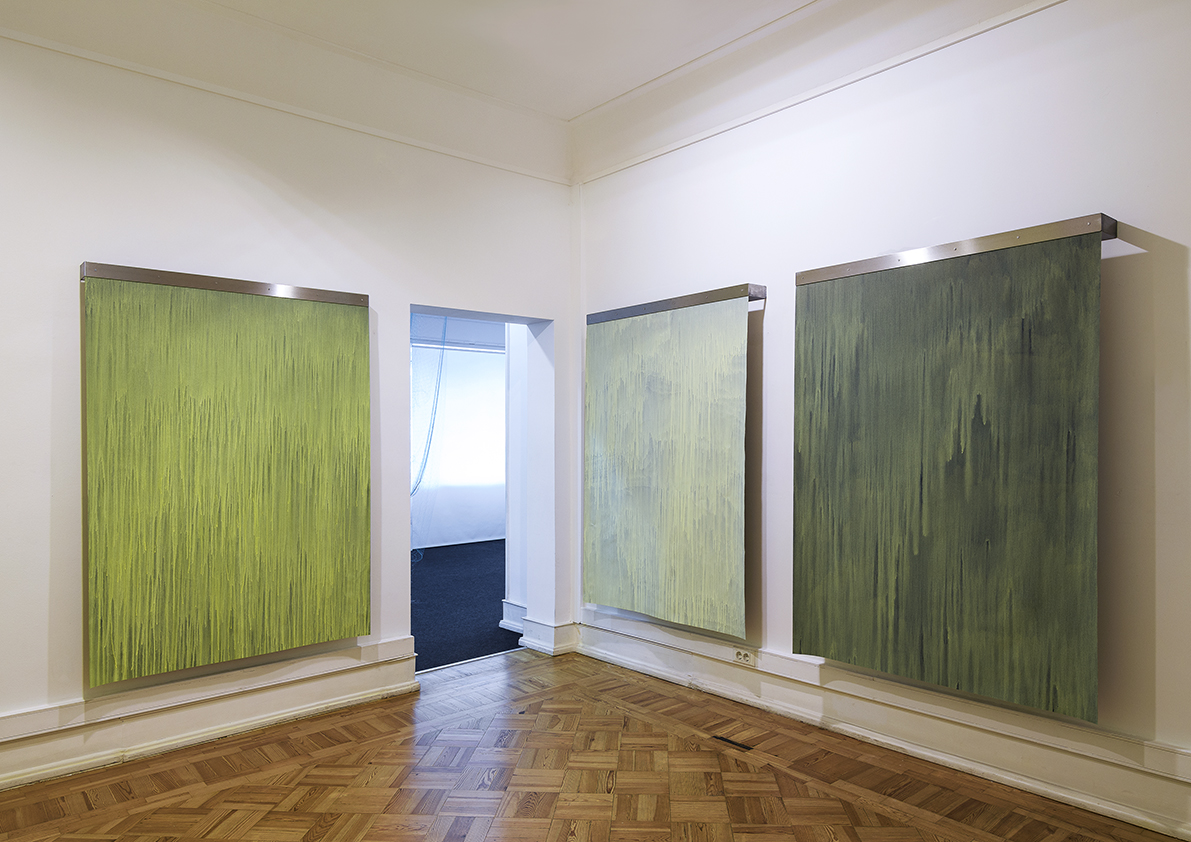


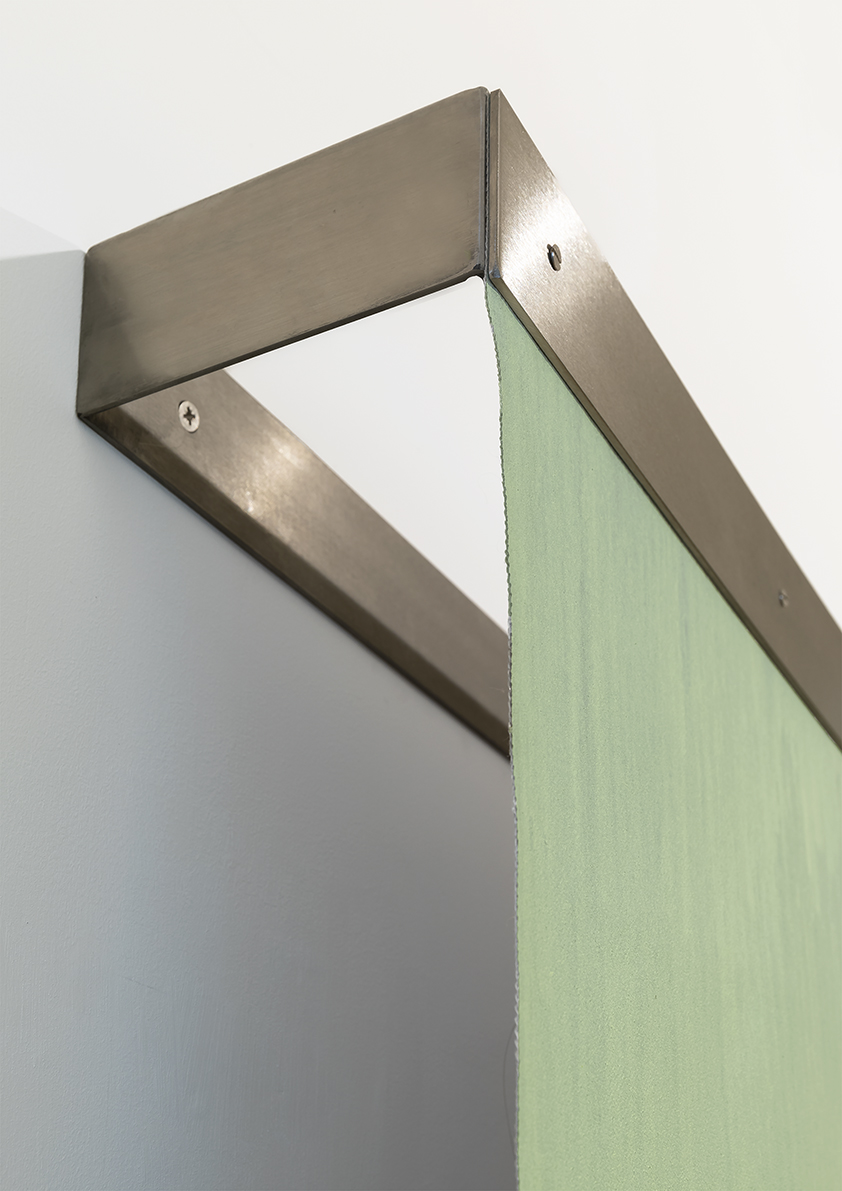
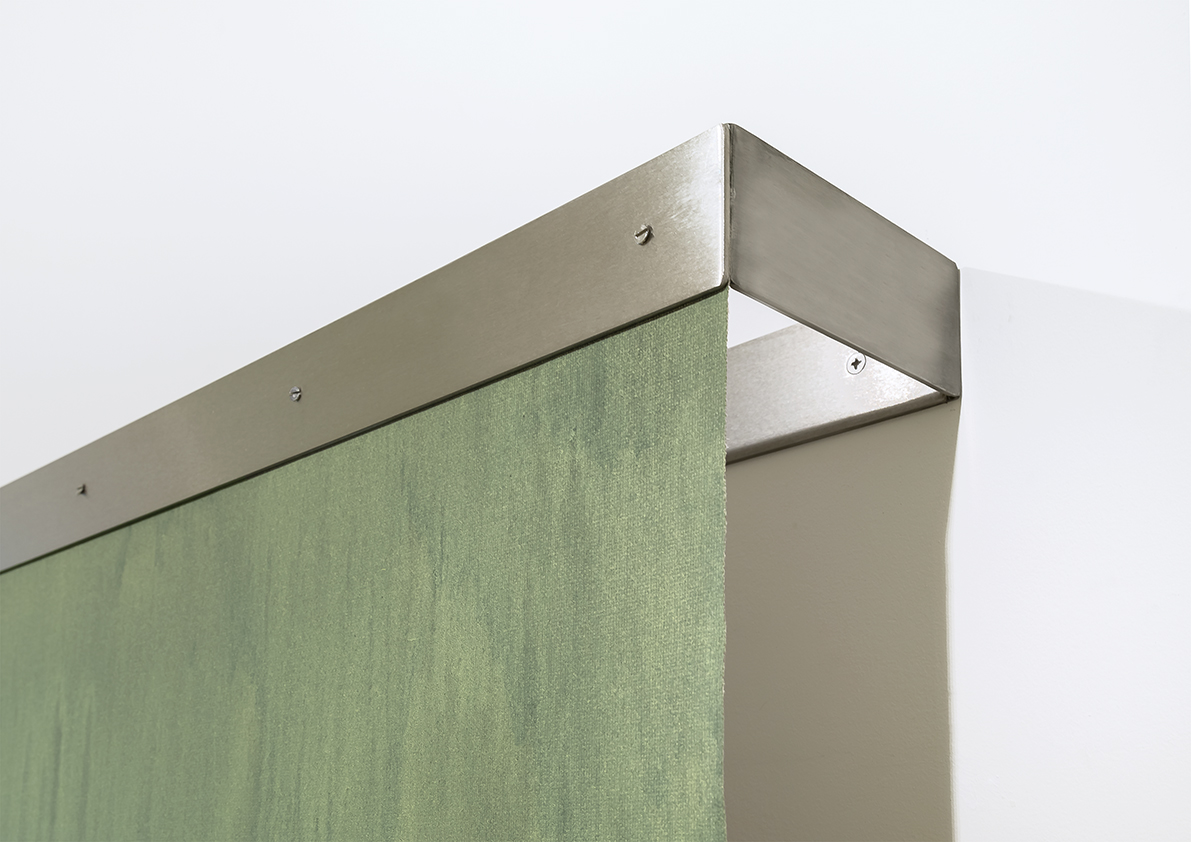

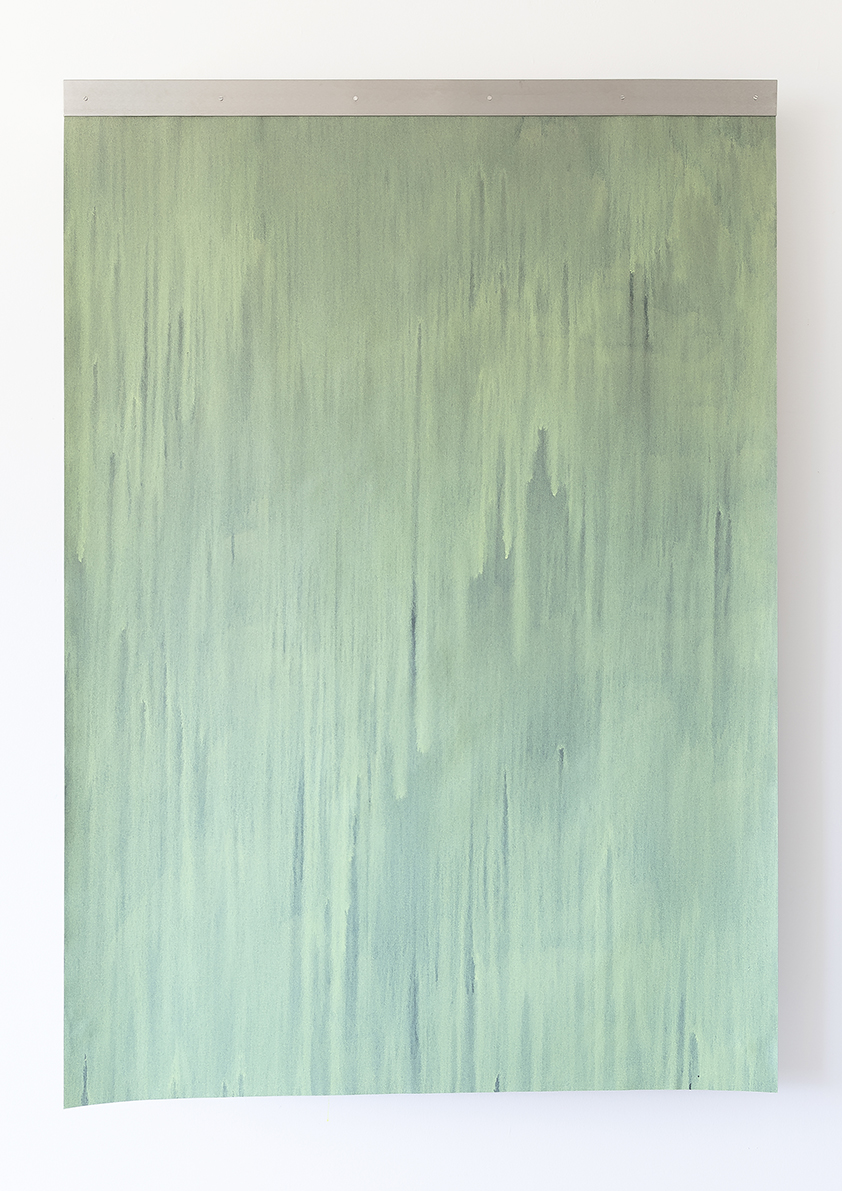
Photos © Euardo Sousa Ribeiro and Ana Garrido